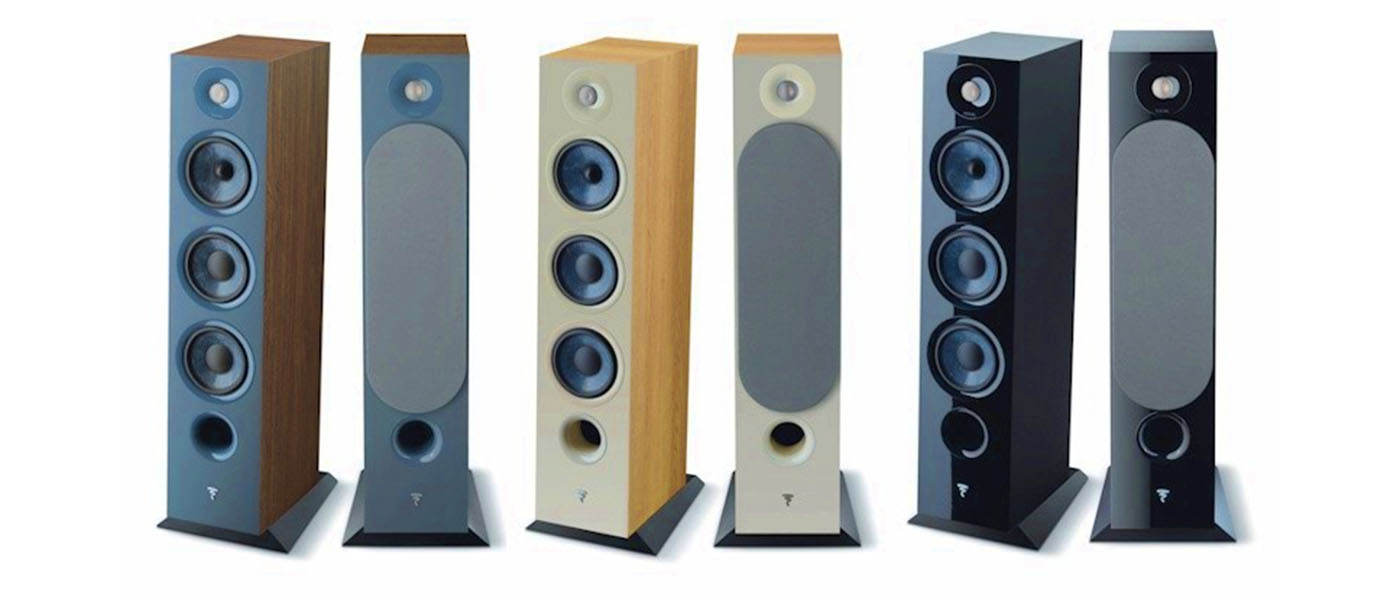Although they can be demanding of room placement and of the power amplifier used, the Magnepan LRS speaker has the ability to sound absolutely stunning. They also surprise with very strong bass performance, a virtue that I truly didn’t expect. Given the fact that Magnepan offers these LRS speakers with a 60-day “like’em or return’em” trial, you owe it to yourself to hear these if you’re shopping at up to three times the price.
I was prepared to write a “yes, they’re very nice” review of these speakers based on my previous experiences with Magneplanar products. But the Magnepan LRS surprised me again and again with its multiple strengths; sound staging, detail, and surprisingly good bass! These little puppies grow on you, and at the end of the 60-day home trial, I doubt that many will be returned.
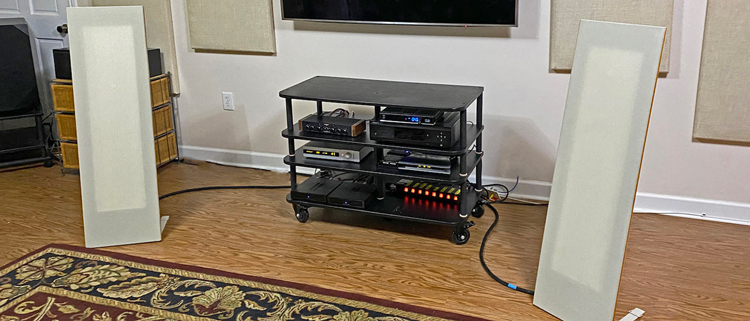
Magnepan LRS Loudspeaker
- The Magnepan LRS speakers look special with a wide variety of grills and trim finishes
- Expansive (and detailed) soundstage
- Power-hungry – your 100-watt-per-channel AVR won’t reach their potential
- Revealing presentation will tell you all about your room and equipment
- Plan to spend some time getting the positioning right
- Tweeter padding resistors (included) let the Magnepan LRS work in a wide variety of rooms
- Amazing performance for their $650 a pair price!
I’m no stranger to Magnepan products, although the LRS loudspeakers are new to me. Over my time as an audio enthusiast, I’ve owned (in chronological order) the SMGa, the MG-1, the MG-1.6, and the MG-II, and now I have the pleasure of having the Magnepan LRS models in the house for review.
Unlike many who are exposed to Magnepan products, I am not one of the “immediately smitten.” But the fault lies not with Magnepan’s speakers, but rather my initial ignorance of their room requirements and amplifier preferences. With my SMGa and MG-1 models, the rooms where I placed them were grossly asymmetrical from left to right, and the speakers just didn’t sound right there. For the MG-1.6 models, I lacked an amplifier that could properly power them. And the MG-II models were a gift from a neighbor. The tweeters of my MG-IIs reached their retirement age long ago but never got their goodbye memo.
So, the Magnepan LRS speakers are the first set of Magnepan products that I’ve ever had that:
- Perform to factory specs
- Have a suitable venue to perform their best
- Have adequate amplification.
This third part of the performance equation, the amplifier, will be discussed in greater depth below.
Description:
2-way / Quasi-Ribbon Planar-Magnetic
Recommended Power:
>60 watts (from Magnepan FAQ)
Sensitivity:
86dB/500Hz/2.83 volts
Impedance:
4 Ohms
Dimensions:
14.5 x 48 x 1.25 inches (WxHxD)
Frequency Response:
50-24kHz +3dB
Crossover adjustments:
User-installable padding resistors for tweeters (included)
Speaker wire terminal types:
Bare wire with setscrew fasteners (wrench included), Banana plugs, Spade Terminals (available from Magnepan)
Recommended speaker wire:
16 AWG or thicker
Speaker protection:
User-replaceable fuse
Finish Options:
Off-White, Gray, or Black fabric / Natural Oak, Black Oak, or Dark Cherry trim
Manufacturer:
Magnepan, Inc / 1645 Ninth Street / White Bear Lake, MN 55110
Telephone:
800-474-1646
Website:
Price:
$650 direct from Magnepan with a 60-day home trial
Warranty:
3 years (aluminum foil tweeter element 1 year)
Shipping Weight:
46lbs (two speakers with stands)
Company:
SECRETS Tags:
Speaker Review 2020, Floor-standing speaker, planar magnetic, flat panel, Magneplanar, Magnepan, dipole, 2020
The Magnepan company, of White Bear Lake, Minnesota (L’Étoile du Nord), has been manufacturing stereo speakers for 50 years. Jim Winey, the inventor of the Magneplanar loudspeaker, uses a thin-film ribbon diaphragm to produce sound.
Secrets Sponsor
The Magnepan/Magneplanar corporate and manufacturing facilities are located in White Bear Lake, Minnesota, north of St. Paul and Minneapolis. The current facility occupies more than 50,000 square feet of space including the administrative and engineering offices. To date, Magnepan has sold more than 200,000 pairs of loudspeakers. Magnepan speakers are American made with virtually all American parts.
I made a bonehead mistake when I received the Magnepan LRS speakers; I read the owner’s manual. Section three of the quick-start guide goes into a discussion of how to insert bare wires into the sockets of the speaker, using the included Allen-wrench to tighten setscrews on the wires. It also mentions that you can buy spade lugs from Magnepan, but they aren’t included.
So I located my speaker wire spool, cut new speaker wires of the desired length, got out the wire-tool, stripped the ends, and proceeded to lay on the floor so I could see the microscopic text and polarity markings on the non-color-coded speaker terminals. After dropping the tiny Allen-wrench repeatedly while trying to insert it into the minuscule set screws, I finally noticed that the sockets looked suspiciously like standard banana sockets.
And indeed, they DO fit standard banana plugs, although you’d never know that from reading the owner’s manual. C’est la vie.
Now my banana plugs just happen to have a threaded locking mechanism to ensure that the plugs don’t rattle or come loose in the sockets. If your bananas are standard spring-friction fits, then I’d still advise that you consider using the setscrews, just to be on the safe side. But don’t put any gorilla moves on the tiny setscrews – you could damage either the banana plugs and/or the setscrews if you overtighten.

Every speaker I’ve used in my current listening room struggles to produce significant bass. The Magnepan LRS speakers are no exception. Every room corner is vented to another part of the house – stairwell – hallway – atrium – kitchen. It’s also a fairly large space (23.5’ x 16’ x 9’), and bass drivers have to work to fill it. Most cone-in-a-box speakers struggle to maintain flat bass response in the room. But perhaps because of their greater radiating area, the Magnepan LRS speakers’ bass sounds fuller and more dynamic. They may not go very low (I think the Magnepan specification of 50Hz is close to accurate), but what bass that exists is tight with no muddiness or overhang and exhibits excellent pitch definition.
The speakers don’t come with spikes or rubber feet. The dust-catching grills are in direct contact with the floor. The rear footer supports have flip-over baling-wire lifters that can be used to position the panels either mostly upright or with a jaunty backward tilt. Seating distance determines the recommended position, with nearer than 10 feet requiring more tilt and more than 10 feet requiring less.
Due to my room peculiarities, placement was more critical than with most speakers. The best Magnepan LRS set up in my room was with:
- tweeters on the outside
- speakers tilted back on their feet rather than propped up with the flip-over lifters
- 4.5 feet away from and parallel to the back wall behind the panels
- in a roughly equilateral triangle with the listening position
Your room will dictate the best position for your LRS speakers. The user manual gives instructions on speaker positioning for the best sound. Also, note that the photos of the speakers in my room were taken before I finally settled on their final position.
I tried a variety of amplifiers with the Magnepan LRS speakers including:
- Emotiva PA-1 Class-D mono-block amplifiers (300 watts @ 4 Ohms)
- Ashly FTX-2001 Pro amp with all Class-A voltage gain stages and a MOSFET output stage (500wpc @ 4 Ohms)
- Optima NuForce DDA-120 Class-D integrated (75 wpc @ 4 Ohms)
- My self-modified Heathkit tube mono-block amplifiers (12 watts @ 8 Ohms – no 4 Ohm tap)
Of the bunch, the Heathkits sounded best but developed very little volume before clipping, the NuForce just didn’t sound good with the Magnepans, and the Ashly sounded too soft in the treble (could be due to the MOSFET output transistors, or could just be due to age). The Emotiva PA-1 amps were the most practical, cleanest, and sounded nearly as good as the Heathkits so all my listening notes were made with them in the system.
Because of the lovely sound of the vacuum tube Heathkits, I’m left wondering how a more muscular tube amplifier could sound with these speakers. I’d think it would sound awesome!
Other components in the test system included:
- Auralic Aries streamer with USB hard drive attached and using Lightning DS software for drive indexing and playback
- Auralic Vega DAC / preamp used sometimes as just a DAC and other times as a combo, both in balanced mode and in unbalanced
- Afford-HiFi cables & interconnects (digital and analog)
- Audio-gd HE-1 preamplifier in balanced mode
- Unbalanced passive volume control
- Emotiva PA-1 Class-D mono-block amplifiers in balanced and unbalanced modes
- Emotiva Airmotiv S-15 subwoofer pair (used as R/L discrete channels) on both balanced and unbalanced inputs
Unless otherwise specified, all my Magnepan LRS speaker listening was done with no subwoofers.
After auditioning for a few days, I decided that the Magnepan LRS speakers were sounding just a tad bright in my room. The owner’s kit comes with two pairs of dropping resistors that can be installed across the tweeter-jumper terminals. But to use them, you’ll have to deal with the tiny setscrews again. In my room, a one-ohm dropping resistor seemed to provide the best treble balance.
But the resistors aren’t a free-lunch solution. In exchange for a better midrange balance, you give away a little high-end extension and a bit of dynamics in the tweeter’s range. Is the trade-off justified? In my case, the jury’s still out.
And before I leave the Setup section, I want to deliberately return to the speaker placement issue. You can just toss these Magnepan LRS speakers just about anywhere in the room, and they’ll sound “good.” But to achieve “great,” the speakers demand some serious setup trial and error. This is discussed again below.

Right off the bat, I threw the Magnepan LRS speakers off into the deep end. I watched the movies “1917” and “Midway” mixed down to stereo and played on the little Maggies without any assistance from a subwoofer. And? I was amazed by the amount of bass evident in explosions and gunshots. The phantom-center dialogue was crystal clear, and its clarity wasn’t interfered with in the least by all manner of artillery, snipers, and booby traps. In fact, I’d say that the diminutive LRS speakers energized the bass in my room almost better than my usual Emotiva T2 tower speakers (two 8” woofers per side). True, the Emotivas play a bit lower, but the jump-factor for explosions through the Magnepan LRS speakers was definitely there.
Ah, imaging… The Magnepan LRS speakers are as persnickety a speaker as I’ve ever tried in my room concerning placement. The problem is not that they don’t image, but rather that they image well at so many positions. Unless you’re dedicated to wringing out the very best the speakers have to offer, you may not take the time and effort to optimize them. I’ve now spent hours “speaker dancing” – closer together – farther apart – closer to their back wall – farther out into the room – toed-in – toed-out – tweeters on the inside of the panels – tweeters on the outside – tilted back on the feet – tilted almost at right angles to the floor with the flip-over lifters – etc. etc. etc. I’m reasonably convinced that I have the speakers sounding their absolute best, but I had to work to get here. How do you know that the Magnepan LRS speakers are not at their best? You’ll hear any of the following (sometimes simultaneously):
- Vague center image but with HUGE soundstage from side-to-side
- Very solid center image but without any sense of air (no sense of the recording venue)
- Disconnected imaging (right, center, and left images, but no continuous horizontal soundstage)
- Lack of dynamics
The Magnepan LRS speakers can do better – much better. But you’ll have to put time into positioning. Generally, both bipolar and dipolar radiation speakers seem to provide a wider and sometimes deeper soundstage than traditional cone speakers, but at the cost of image specificity. With my Klipsch RP600m speakers, for example, being closer to a point-source in my room, images appear at very specific locations (point your finger at that voice!). The LRS images are less sharply defined, but not terribly so.
Note that this effect does NOT apply to centered images. If a singer or instrument is centered in the soundstage, the Magnepan LRS speakers locate it perfectly. But when elements are placed between the center and one of the two speakers, or outside of the plane of the speakers, then location cues become increasingly diffuse in direct proportion to how far the image is from the center.
Secrets Sponsor
Even with the best positioning that I’ve yet achieved, I still sometimes get a hint of roughness that shouldn’t be there, particularly with male voices. Since I have gotten the same vocal roughness from other speakers in my room (Klipsch RP-600M, Emotiva T2, and Magnepan MG-II) and it’s appeared with other electronics in the system, I’m thinking it’s either a room artifact or a bad rip. But the Magnepan LRS speakers reveal it more clearly than others. This isn’t a condemnation of the LRS speakers, but rather a compliment. Their revelatory nature tells me that it’s time to check other things!
Ideally, a speaker’s treble should never draw attention to itself. It should sound so natural that your brain accepts the sound as real. Magnepan thoughtfully provides some ribbon-tweeter padding resistors that the user may install in lieu of the jumpers that the speakers ship with. The manual recommends using the resistors if the clap test reveals an echo in the listening room. Being somewhat under-damped, my room DOES have some slap echo despite the absorbers and diffusers that I’ve installed.
I ended up with one-ohm resistors in series with the Magnepan LRS tweeters. It wasn’t a totally ideal solution since a slight bit of the treble air, extension, and dynamics were lost; but it did provide a more realistic midrange balance.

Without the one-ohm dropping resistor in series with the tweeter, the midrange of the Magnepan LRS speakers sounded less substantial. With the resistors, the upper midrange and lower treble harmonized much better. One of my favorite vocal ensembles is “The Nylons.” I have a number of their CDs, and among my favorite cuts are “Happy Together, Kiss Him Goodbye, Up On The Roof, That Kind of Man, Silhouettes, Prince of Darkness, and Romance (if I can get it).”
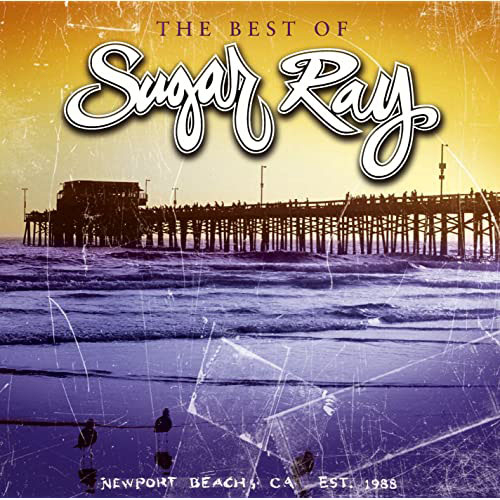
Sugar Ray, “The Best of Sugar Ray”
On properly ripped vocal fare (pick any male singer(s) of your choice), the midrange just sounded excellent – clear, undistorted, present, and sweet. Singers with raspy voices, such as on Sugar Ray’s “Someday,” for example, also come across clearly and cleanly.
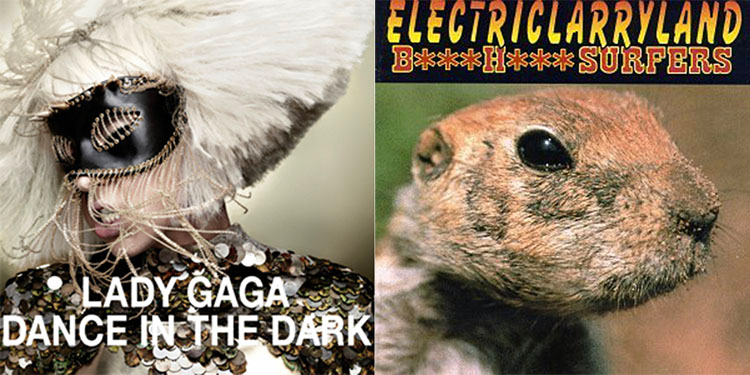
Listening to “Dance in the Dark” by Lady Gaga and “Pepper” by the B.H. Surfers confirmed the lack of deep bass extension and slam but also showcased the excellent bass tightness and pitch definition of notes at 60Hz and above. Even at much higher volumes than I normally listen, both tunes maintained their midrange and treble clarity despite the semi-thundering bass. The Magnepan LRS speakers definitely exceeded my expectations for bass clarity, definition, and pitch.
The quality of the LRS bass is just amazing. For some reason, the dipole bass of the LRS speakers couples to my room better than cone speakers. I get more bass pitch-definition and quickness from the LRS speakers than just about any conventional speakers that I can remember. The only other speaker that I can recall that has similarly energized my room was the Klipsch Cornwall with its 15” cone woofer.
But this is where many listeners will have to make a decision. Let’s get the obvious out of the way – The Magnepan LRS speakers don’t do deep bass. Period. It doesn’t matter how many watts you throw at them; the bass just doesn’t stick. If you want organ pedal tones, these aren’t the speakers for you. With perfect placement in my room, I can get a somewhat diminished 45Hz out of them, but nothing much below.
The Magnepan owner’s manual also specifically recommends against the use of conventional subwoofers, saying that the transition between the “fast” planar panel of the LRS speakers and the “slow” subwoofers will be audible. They’re right. In fact, Magnepan sells a DWM bass panel, a dipole radiator, that is intended to supplement the bass of any Magnepan speaker and blend seamlessly with their main speakers. But these won’t plumb the depths like a conventional sub either.
There are three options with the Magnepan LRS for bass:
- Use the speakers bare and live with their ~50Hz bass cutoff
- Use the speakers with the recommended Magnepan DWM bass panels (more bass of similarly fast character, but not necessarily much lower)
- Use the speakers with a conventional sub and tolerate the (probably audible) speed difference
There are trade-offs and/or expenses with each choice and only you can select which option makes the most sense for your room and listening preferences.
Happening to have a pair of Emotiva Airmotiv S-15 subwoofers on hand, I fired up my thunder-boxes to see what I could achieve. The S-15 subs have a low-frequency extension in my room in the mid-20Hz range and were placed on riser stands. I tried using the subs on the wall behind the Magnepan LRS speakers, but that location interfered with their imaging.
The highest low-pass frequency on the subs’ plate amplifiers, 60Hz, just happens to approximately coincide with the natural roll-off of the Magnepan LRS speakers. So, without feeling the need for an upstream crossover, I began my experiment.

Cowboy Mouth, “World of Mouth”
Cowboy Mouth’s “Running Into You” and “Another Cup Of Coffee” served to evaluate bass guitar tone. The Magnepan LRS speakers were in their glory here. The bass guitar notes were smoothly integrated with the subs. To go a bit further down the “rock bass” genre, I also played:
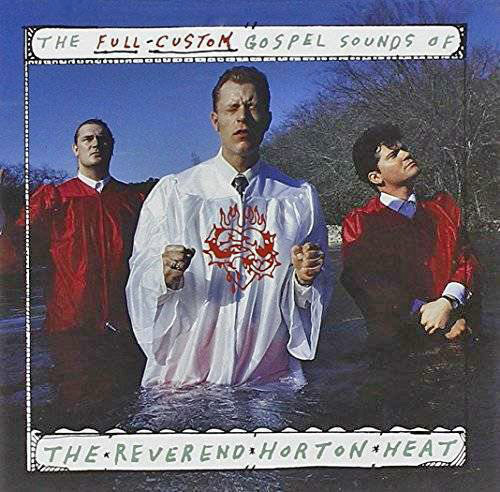
Horton Heat, “The Full Custom Gospel Sounds of the Reverend Horton Heat”
“Beer 30” and “Nurture My Pig” from “The Full Custom Gospel Sounds of the Reverend Horton Heat.” This bar recording of some seriously live bass guitar and drums will show whether your speakers can handle live recordings or not. The Magnepan LRS speakers passed the test with room to spare.
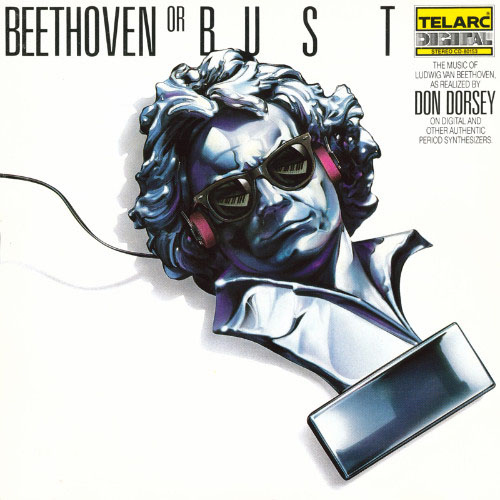
Don Dorsey, “Beethoven or Bust”
Don Dorsey’s synth will challenge both the depth and slam of any system. On this disc, the subwoofers came into their own, blending fairly well with the Magnepan LRS speakers.
I could have measured the Magnepan LRS speakers with my calibrated UMIK microphone, but the only data that would result would be a picture of how the speakers sound in my room. Since that doesn’t help tell you how the speakers will sound in YOUR room, I dispensed with the measurements entirely.
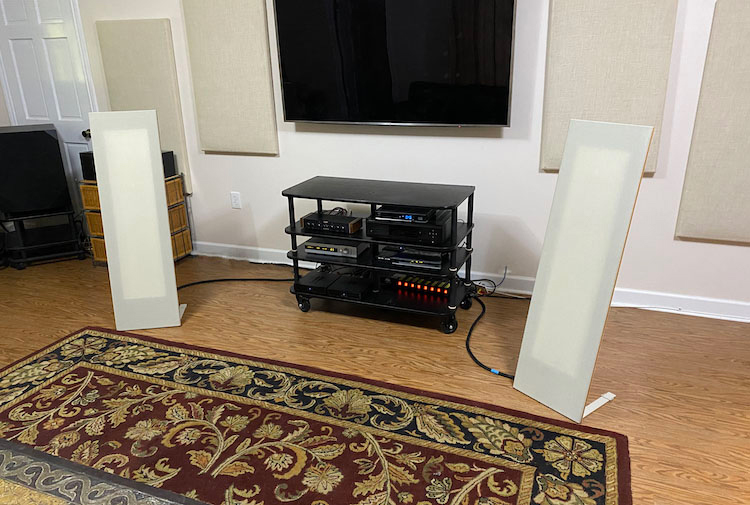
I’m aware of no other speaker with all the advantages of the Magnepan LRS, especially for $650 a pair. If those advantages charm you, then this IS your speaker!
- Non-boxlike sound
- Made in the U.S.A.
- Attractive appearance to everyone who sees them
- Acceptable imaging from a variety of positions
- Sound like FAR more expensive speakers when properly positioned
- Excellent bass within their frequency range
- Fantastic performance to price ratio
- Owner’s manual that mentions the ability to use banana plugs
- Color-coded, easy-to-see input terminals
- Ability to use threaded spikes or rubber feet with the speakers
- Incremental tilt options
- Better quality jumpers
Magnepan upholds its audiophile reputation with the LRS loudspeaker. This is a bargain of a speaker and even more so for its $650 price. This could be THE speaker for you if:
- Your room is mostly symmetrical from left to right
- You have a high-watt/high-current amplifier to drive the LRS speakers
- You’re willing to experiment to find the best speaker location
- You’re a fan of BIG imaging


